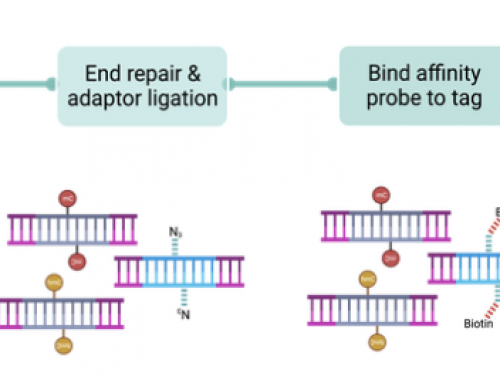In Inference of transcription factor binding from cell-free DNA enables tumor subtype prediction and early detection researchers at the Institute of Human Genetics in Austria demonstrate the use of cfDNA for cancer detection and monitoring.
The group performed deep ATAC-Seq and deep cfDNA nucleosome mapping to demonstrate the reliable detection of TF sites from cfDNA Fragmentome data. Analysis of low coverage (50 million reads per sample) Fragmentome data also showed the same TF detection providing evidence to support the use of Fragmentome in cancer detection. Transcription factor accessibility is inferred by finding enriched TF binding sites in nucleosome occupancy regions.
Prostate cancer: Fragmentome analysis showed no change in 3 of 4 Prostate cancer patients over time. But in one patient differences revealed transdifferentiation to a treatment-emergent small-cell neuroendocrine prostate cancer. The results support the use of TF/Fragmentome analysis for molecular prostate cancer subtyping.
Early detection: To investigate the use of TF/Fragmentome analysis for early cancer detection the group analysed over 500 stage I&II colon cancer patients and healthy controls. Their data showed it was possible identify ctDNA in stage I colon cancer patients with a 74% precision, 71% sensitivity, and 72% specificity; and in stage II with 84% precision, 74% sensitivity and 77% specificity.
The TF/Fragmentome accessibility score presented in this paper used just 50 million reads per sample compared to the 1.5 billion used by Snyder et al. Thus making the tool something much more applicable in a Oncology Translational Medicine or Precision Medicine context.








Leave A Comment